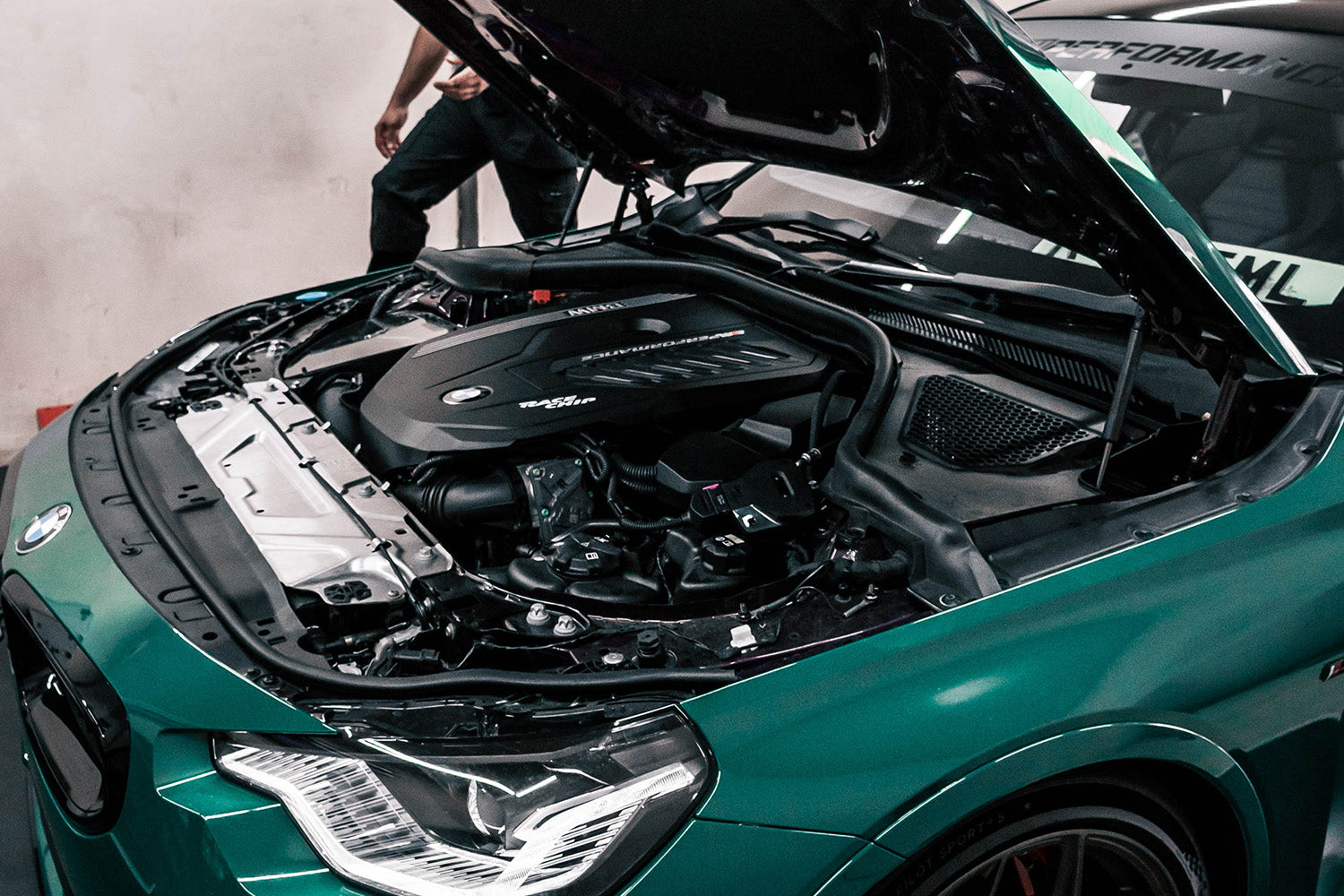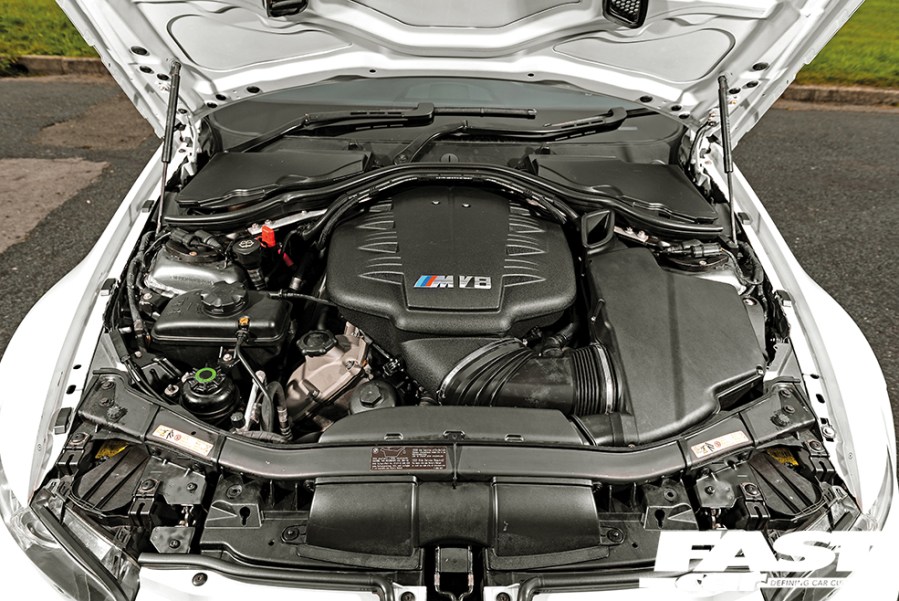Unveiling the Secrets Behind the Power of the BMW Engine
Unveiling the Secrets Behind the Power of the BMW Engine
Blog Article
Checking Out the Evolution of Burning Engines in Modern Transportation Solutions
As we navigate the landscape of contemporary transportation, the advancement of burning engines stands as a testament to human ingenuity and engineering prowess. The interplay of history, technology, and ecological issues in shaping the trajectory of burning engines produces a story that is both engaging and insightful.
Very Early Beginnings of Combustion Engines
How did the idea of burning engines first arise in the very early stages of transport growth? The roots of combustion engines can be mapped back to the 17th century when the principles of interior burning were initial explored.
The development moment included the development of the first successful gasoline-powered engine by Karl Benz in 1885 - bmw engine. This engine led the way for the development of the modern car, revolutionizing transportation systems worldwide. Subsequent innovations by Nikolaus Otto and Gottlieb Daimler even more fine-tuned burning engine innovation, resulting in the mass production of vehicles and the rapid expansion of the transportation industry
These early combustion engines were identified by their simplicity and effectiveness, laying the foundation for the complex and powerful engines used in modern transportation systems. The advancement of burning engines has actually been crucial in forming the method we travel and carry products, marking a significant milestone in the background of transport advancement.
Shift to Internal Burning Modern Technology
The shift to internal combustion modern technology noted a critical shift in the advancement of transport systems. This shift started in the late 19th century, with innovators like Nikolaus Otto and Gottlieb Daimler establishing the first effective interior combustion engines. These engines changed transport by using a more powerful and reliable option to vapor engines and electrical motors.
One of the crucial advantages of inner combustion engines was their ability to be reduced to fit into lorries, causing the development of autos and motorbikes. This change from large, stationary engines to small, mobile ones paved the method for the modern transportation systems we see today.
The change to interior burning innovation additionally stimulated advancements in gas innovation, leading to the advancement of fuel and diesel as primary gas sources for lorries. This shift not only made transportation a lot more accessible to the masses however also laid the foundation for the oil and gas sector to end up being integral to worldwide economic situations.
Impact of Combustion Engines on Transport
The adoption of combustion engines in transport systems catalyzed an extensive change in the efficiency and speed of worldwide wheelchair. Burning engines transformed transport by giving a dependable and flexible source of power for different automobiles, consisting of cars, trucks, ships, and planes. This advancement dramatically boosted the ability for individuals and items to relocate over lengthy ranges in much shorter time frames, leading to increased connectivity between areas and countries.
Furthermore, the widespread use of burning engines has actually had a considerable impact on financial growth. The capacity to move items successfully has actually stimulated trade and commerce, enabling companies to expand their markets and reach consumers worldwide. This has helped with financial development and globalization, as products can currently be carried faster and in bigger quantities than article ever in the past.
Nonetheless, the ecological effect of burning engines can not be forgotten. The combustion of find out here now fossil gas has actually brought about air contamination and greenhouse gas exhausts, adding to climate adjustment and presenting health and wellness dangers to populations. bmw engine. Therefore, there is a growing emphasis on establishing alternate propulsion technologies to alleviate these unfavorable impacts and produce a much more sustainable future for transport
Developments in Combustion Engine Layout
One significant advancement is the advancement of turbocharged engines, which utilize exhaust gases to drive a wind turbine that compresses incoming air, allowing for more gas to be burned, resulting in raised power outcome without a considerable boost in engine size. Variable shutoff timing systems have actually likewise reinvented engine style by optimizing airflow at various engine speeds, improving both power and effectiveness. These technologies jointly add to the constant renovation of combustion engines in modern-day transportation systems.
Future Trends in Combustion Engine Advancement
With innovation innovations driving continual technology, the future of combustion engine development is positioned to change transportation systems globally. One of the vital trends in burning engine advancement is the press in the direction of higher efficiency and decreased exhausts.
Another noticeable pattern is the fostering of hybrid technologies in combustion engines. Hybrid engines incorporate traditional combustion innovation with electrical power, providing boosted gas effectiveness and reduced exhausts. As the automotive sector changes towards electrification, crossbreed burning engines are seen as a transitional solution that bridges the space in between standard automobiles and completely electrical ones.
Furthermore, the assimilation of clever innovations, such as artificial knowledge and information analytics, is anticipated to play a significant function in the future of burning engine growth. These technologies look at here now can enhance engine efficiency in real-time, leading to much more effective combustion processes and improved general automobile performance. Welcoming these future patterns will not only drive development in burning engine growth however likewise add to a much more sustainable and eco-friendly transport ecological community.

Conclusion
In conclusion, the development of combustion engines in contemporary transportation systems has been marked by considerable improvements in innovation and layout. From the very early starts of combustion engines to the shift to interior combustion technology, these engines have actually had an extensive influence on transport. Innovations in burning engine layout proceed to drive progression in this area, with future fads concentrating on more boosting performance and lowering exhausts. The future of burning engines in transportation looks promising as research and growth initiatives remain to push boundaries.
The origins of combustion engines can be mapped back to the 17th century when the concepts of internal burning were very first discovered. These engines changed transportation by offering an extra effective and effective choice to steam engines and electrical motors.

Report this page